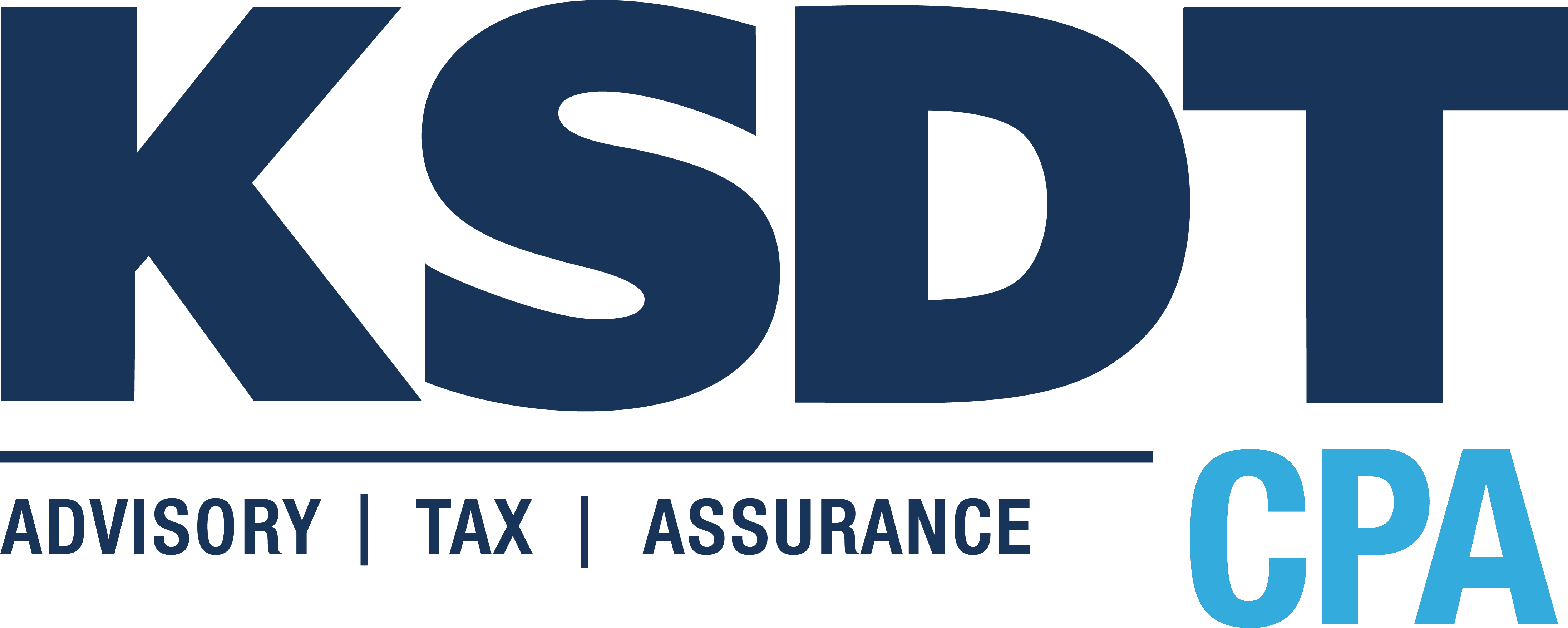Year-end is a great time to think about rewarding your staff for a job well done in 2014. Here are a couple of quick tips to help you make the most of bonuses while protecting your business and cash flow. Read more
- Timing. Would you be better off timing bonuses in this year to reduce 2014-year taxes or to wait until next year so they impact the 2015 tax year? It’s something to consider before you dish them out. Do what’s best for your business.
- The pretty holiday envelope. It might be tempting to hand out envelopes of cash but it’s oh-so illegal. Making payroll in cash is illegal in most states, and bonuses are part of payroll. Stick to the payroll system to generate your bonuses even if it’s boring, and you’ll stay out of trouble.
- Pesky deductions. Bonuses are subject to payroll deductions just like any other payroll check, so please don’t forget that. If you write a check for $1,000 to an employee, you will be liable for taxes on the gross-up, and this ranges between 20% to 30%. So that $1,000 bonus just turned into $1,200 or $1,300, which is quite generous but might not be what you really meant!
- Sticking around. Bonuses are a great motivator and can help keep employees from leaving, thereby reducing your turnover costs. If possible, announce a bonus structure ahead of time so employees will have something to work toward and “earn.”
- Invisible costs of bonuses. Bonuses will drive up your workers compensation, state and federal unemployment costs, and any other costs that are related to gross wages, so do take all of that into consideration when issuing bonuses.
- Beyond money. Money is a great motivator, but you may want to provide non-cash bonuses to your employees for extra special memories. If you do, your tax accountant can help you get the transaction recorded properly.
Bonuses are fun for everyone, and we hope these tips will help you make the most out of them in your business.
